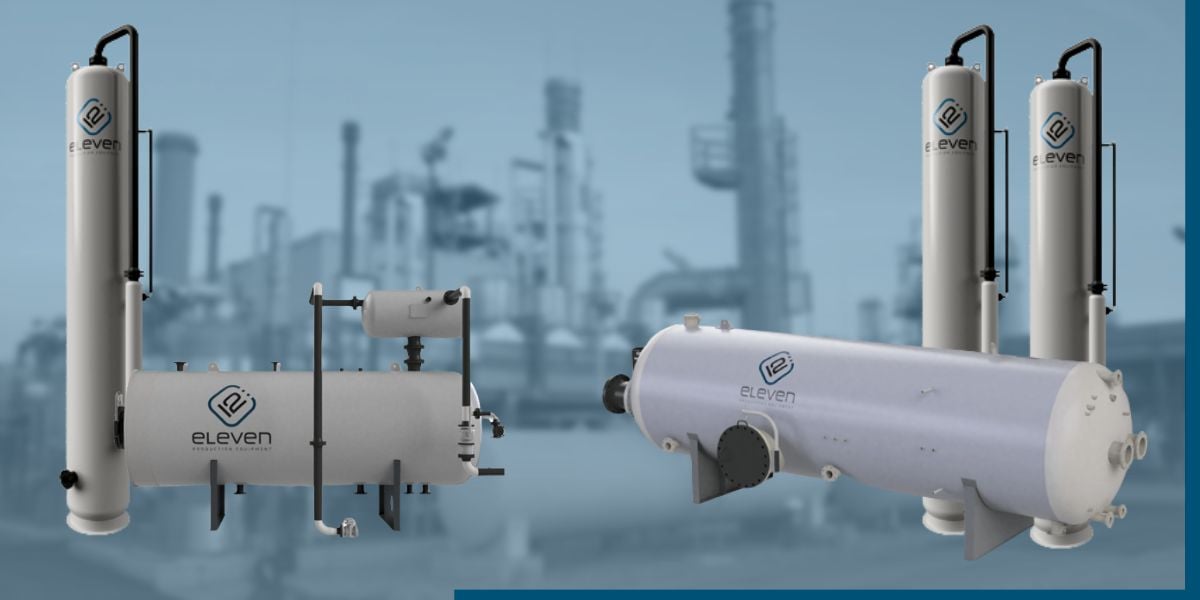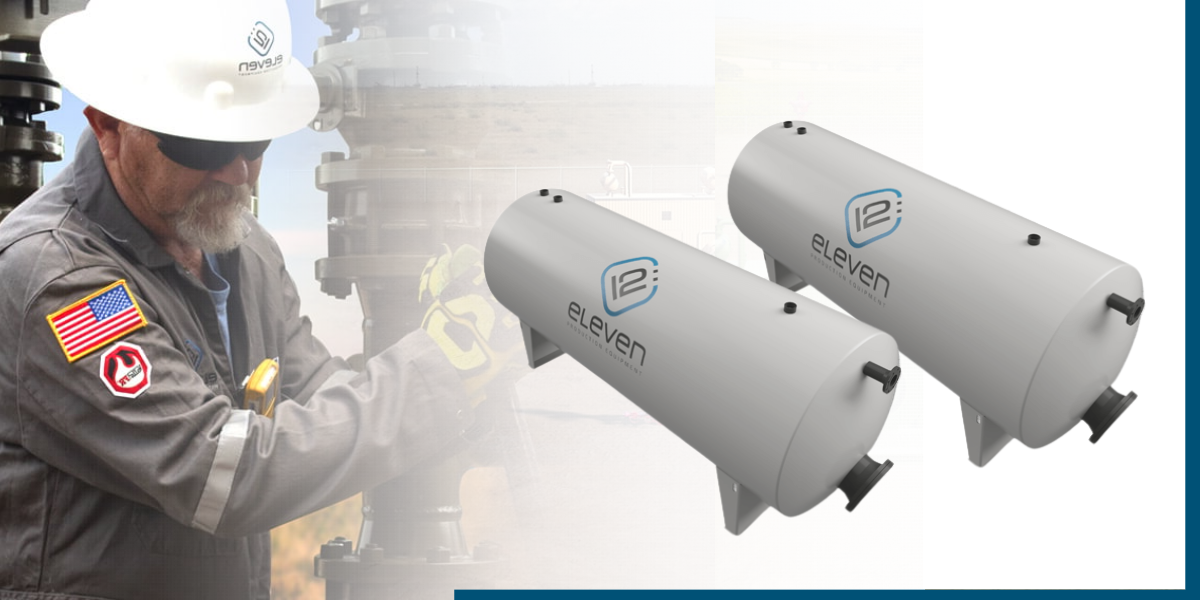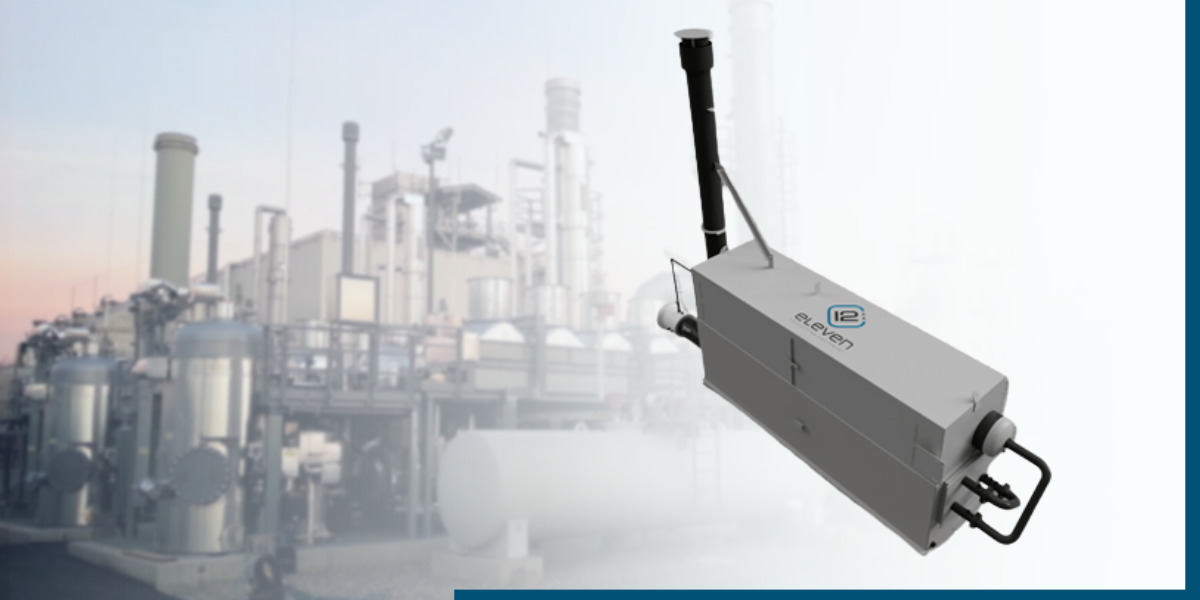Free Water Knockout (FWKO): What You Need To Know
Free water knockouts (FWKO) are an essential component in the oil and gas industry, designed to remove any free water present in the production...

Oil and gas production is an important part of the economy. It is also a complex process that requires specialized equipment. This equipment needs to be properly maintained in order to ensure sustainable, efficient and safe production.
In this blog post, we will discuss some of the most important pieces of oil and gas production equipment used in the industry. We will also talk about how to maintain them properly.

An oil and gas production separator is a pressure vessel used to separate the fluid components of an oil and gas well stream into both gaseous and liquid constituents.
There are two installation locations for separators: an onshore processing facility or an offshore platform. However, separators have many other functions including being used in gasoline facilities, upstream and downstream of compressors, and liquid traps in gas transmission lines. Other places separators are found include at the intake for dehydration units, gas sweetening units, and various types of desiccant-filled equipment.
Oil and gas locations or process facilities have more separators than any other type of equipment. They are also called scrubbers, slug catchers, FWKO’s, centrifuges, and many other names. Even though they go by various titles, all the vessels designed to separate gas and free liquids share the same fundamental goal.
A treater's purpose is to break up the water emulsion in the oil so that it can be sold at a higher purity. Depending on pressure, these come after 1-2 stages of separation.
Treaters are intended to be run at low pressure so that lighter hydrocarbons can break out. They dump directly into the tank or, in high gravity crudes, to a Vapor Recovery Tower or Oil Stabilizer. In addition, treaters can be operated at higher temperatures which will help light hydrocarbons evaporate and reduce RVP levels in storage tanks.
A Free-Water-Knock-Out, or FWKO, is a three-phase vessel designed to remove large volumes of water from oil. By removing water with an FWKO, downstream equipment can be sized for a smaller water to oil ratio, reducing heat and chemical requirements.
Free-Water-Knock-Outs are normally placed near the beginning of a facility so that the downstream equipment does not have to be sized based on the large water volume.
Indirect Line heaters are used to heat large volumes of crude oil as it enters the production facility. This increases the temperature of the crude, allowing for better separation and improved efficiency in downstream operations.
Line Heaters have high-pressure coils that hang over a heat source in order to heat up the process stream, usually during pressure drop. By pre-warming the incoming process stream and warming the one after the pressure drop, Line Heaters prevent ice from forming.
Normally placed after the Sand separator, or in the absence of a sand separator, Line Heaters are the first vessel after the wellhead and are typically rated higher than the wellhead shut-down pressure.
Line heaters may be designed with low-pressure coils for heating oil up to a specific temperature to reduce the amount of flash gas still contained in the oil prior to going to tanks. These were adopted to meet the temperature requirements regulated by the state to reduce emissions and make the oil safer for transport.
A Gas Production Unit (also referred as GPU, T-Pack or Thermal Production Unit) re both a line heater and a separator all on one module.
These units are usually placed after the sand separator, or if there is no sand separator, immediately after the wellhead. They can be equipped with a variety of safety systems and instrumentation.
By stacking the separator on top of a line heater in this set-up reduces footprint and allows the radiant heat of the media bath to warm the separator which is very beneficial in cold weather environments.
As part of Glycol Dehydration Systems, Gas dehydration units, also known as glycol dehydrators or TEG units, are used to remove water vapor from natural gas.
Gas dehydration units serve a crucial purpose in the natural gas industry. They do this by removing water vapor from the gas which then helps to prevent corrosion and freezing in pipelines.
Not only do gas dehydration units improve the quality of the gas, but they also make sure that it meets specifications for end use. They are a critical part of the natural gas industry and provide many benefits to both producers and consumers of natural gas alike.
The glycol contact towers work as the primary mechanism to remove water from gas in a dehy system. This is done by circulating glycol through the towers.
The glycol contact towers are pressure vessels that need an integral scrubber and absorber section to function, each having specific requirements. Contact towers reach the wet gas inlet by using a lean glycol solution. There are various contact methods available with bubble cap trays being the most commonly used one.
The towers have a scrubber section that eliminates free liquids from the gas, and an absorber section to make contact between the gas and glycol. In the absorber section of the tower, water vapor is removed from the gas using bubble cap trays, random packing, or structured packing.
Vapor Recovery Towers (also known as VRT, Lo-Pressure Towers, Flash Towers) are used to capture and condense the vapors from a production stream.
Vapor recovery towers work by separating the vapor from the liquid in a pressure vessel, allowing for more efficient control and management of volatile organic compounds (VOCs) emitted from oil and gas operations. The towers are equipped with standard internal parts such as valves, pumps, compressors, and relief devices.
Vapor recovery is perhaps the final stage in separation and the last attempt to capture any high-end hydrocarbon flashing in the process train. Vapor Recovery Towers are most commonly placed after Crude Treating and before Tank storage. In addition to preventing vapor release from tank thief-hatches, proper vapor recovery helps users company with Environmental Regulatory Agencies such as the EPA or Railroad Commission and reduces the amount of hydrocarbon burn at the vapor flare converting a typical waste gas into a sellable gas.
An oil stabilizing tower, also called a condensate stabilizer, is utilized in the petroleum refining process to remove unwanted chemicals from oil. The towers work by making the oil pass through several trays or coating plates with different chemicals. These chemicals then help take out impurities and make the oil more stable overall.
Oil stabilizing towers are a key component in the refining process as they assist to create higher quality products. Without an oil stabilizing tower, oil has a greater chance of contaminating or becoming rancid. These towers also extract undesired vapors from the oil emitted during refinement. Not only can these fumes damage the environment, but they can cause issues downstream in the refining process.
Discover the strengths that the 12:eleven specialists in innovation and customization bring to production and process equipment. Contact 12:eleven and experience quality that is reliable, efficiency that is proven and service that is unsurpassed.
We invite you to request a quote for our products or services.
What Are The Different Types of Oil and Gas Separators? - What an oil and gas separator is, how they work, and all of the different types of separators that are currently being used in the field today.
What Are the Principles of Oil and Gas Separation? - Discover everything you need to know about the upstream oil and gas separation process
The Importance of ESG in the Oil and Gas Industry - Let's take a closer look at ESG in the oil and gas industry, and discuss how recent orders by the Biden administration have affected the scene.
What is Instrument Air? - Discover the role of instrument air in oil and gas operations, its composition, purpose, and how it drives efficiency, safety, and ESG goals
As a specialty company providing custom design, engineering and fabrication of production and process equipment, we are dedicated to doing what’s right for our customers and passionate about creating value on every project.
We leverage the field expertise of our design and engineering group together with our diversified manufacturing capabilities to deliver a broad range of innovative surface production equipment - including Separators, Treaters, Free Water Knock Outs, Bulk and Test Packages, Indirect Line Heaters, Gas Production Units, Gas Dehydration Units, Glycol Contact Towers, Vapor Recovery Towers, Oil Stabilizing Towers.

Free water knockouts (FWKO) are an essential component in the oil and gas industry, designed to remove any free water present in the production...

Gas Production Units (GPUs) are a crucial component of the oil and gas industry. They play a significant role in the extraction, processing, and...

Piping modules and spools are an important part of any piping system. They help to keep the fluid in the system moving by providing a path for it to...